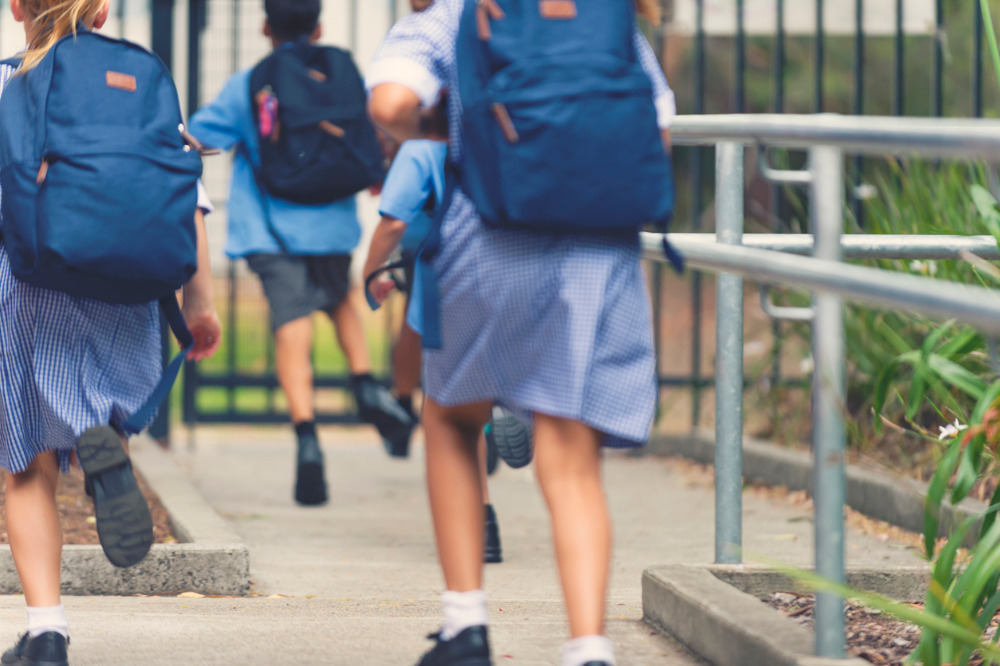
There are few issues as contentious in Australian education today than that of how schools are, and should be, funded.
Government funding for Australia’s public primary schools currently stands at $17,360 per student per year, trailing slightly behind the OECD average of $17,875.
The peak teachers' union has been vocal in its demand for full funding, urging the government to ensure all public schools receive 100% of their School Resourcing Standard (SRS), a benchmark that determines the total funding required to meet students’ educational needs.
Currently, just 20% of the SRS is provided by the Commonwealth, leaving the remaining 80% to state and territory governments.
Last week, the Federal Government proposed legislation to remove the cap that limits Commonwealth contributions to public school funding, potentially increasing support beyond 20%.
However, the Australian Education Union (AEU) and the Greens have criticised this move, which they say maintains the Coalition-era cap that falls short of the needed 25%, which they say would secure critical funding that Australia’s public schools need.
How much money is enough money?
Curtin University School of Education lecturer Dr Matthew Sinclair said this period marks interesting times in national school funding policy, considering the many variables at play.
“Several states are urging the Commonwealth government to increase its contribution to the schooling resource standard (SRS) for public schools starting in 2025,” Dr Sinclair told The Educator. “Federal Education Minister Jason Clare has put an additional 2.5% on the table, which he argues is an extra $16bn investment.”
However, the NSW, Victoria, South Australian, and Queensland state governments want a 25% Commonwealth contribution to help bring public schools to 100% of the SRS faster.
Only the Australian Capital Territory (ACT) currently provide the full 80% and some jurisdictions fall well short of the 80%, Dr Sinclair notes.
“The Bill, assuming it passes [and that is not a fait accompli], paves the way for the Albanese government to fulfil the bilateral funding agreements they signed with Western Australia, Tasmania, and the Northern Territory,” he said.
“These agreements would increase their contribution beyond 20% for public schools from 2025 onwards.”
Dr Sinclair said this will put the public schools in the jurisdictions with signed agreements with the Commonwealth on a path to 100% of SRS, which is an estimate of the minimum amount schools need to meet the education needs of its students.
“Thus, the faster public schools receive their full SRS entitlement the better for students and teachers in those schools, which to be fair, is long overdue,” he said.
“The Bill also opens up the possibility for future increases by the Commonwealth towards the SRS of public schools, which is important given the challenges public schools are facing on a number of fronts.”
However, if the bill doesn’t pass then in all likelihood the current funding arrangements will be rolled over to next year, Dr Sinclar said.
“This would mean public schools would receive 20% of their SRS rather than the percentages those states and territories, who have signed agreements, have negotiated with the Commonwealth,” he said.
“As a result, public schools for 2025 may receive less funding if the bill does not pass. However, it is possible that an impasse of this bill may see Minister Clare lift the Commonwealth contribution to 25%, or in contrast, see the hold out states accept the 2.5% currently on offer.”
‘There is a lot of water to go under the bridge’
Dr Sinclair says the impact of the coming federal election is hard to predict.
“Will the Coalition support this bill? What is the Coalition’s policy stance on the Commonwealth’s contribution to the SRS of public schools?” he said.
“What will happen with the jurisdictions that are yet to sign on? Is public school funding an issue that will shift the votes of those who are undecided? There is a lot of water to go under the bridge.”


